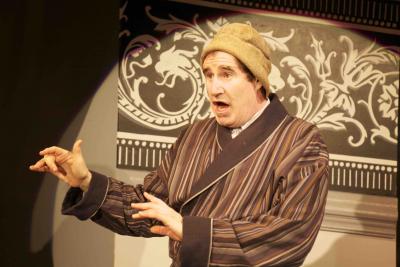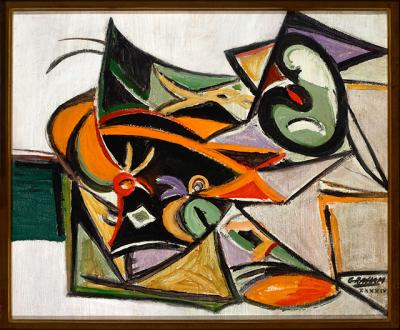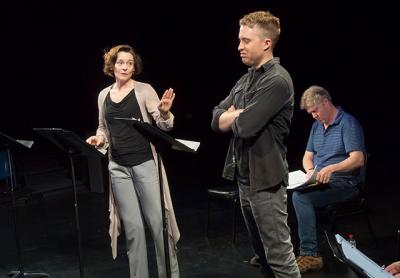'Twelfth Night' and ‘Hidden Figures' Screenings at Guild Hall
'Twelfth Night' and ‘Hidden Figures' Screenings at Guild Hall
An encore screening of the National Theatre Live production of Shakespeare’s “Twelfth Night” will take place at Guild Hall in East Hampton tomorrow at 7 p.m.
Simon Godwin directs this new production of the classic comedy of mistaken identity with inventive staging, contemporary dress, and the unusual casting of an actress, Tamsin Greig, in the traditionally male role of Olivia’s steward. Tickets are $18, $16 for members.
Also at Guild Hall, a screening will take place Saturday at 12:30 p.m. of “Hidden Figures,” the Oscar-nominated film about African-American women who played an important role at NASA in the 1960s despite the racism and sexism at its segregated Virginia facilities.
A panel discussion with four female scientists, moderated by Max Gomez, will follow the screening. Tickets are $10 in advance at itirgirls.org, $15 at the door.




